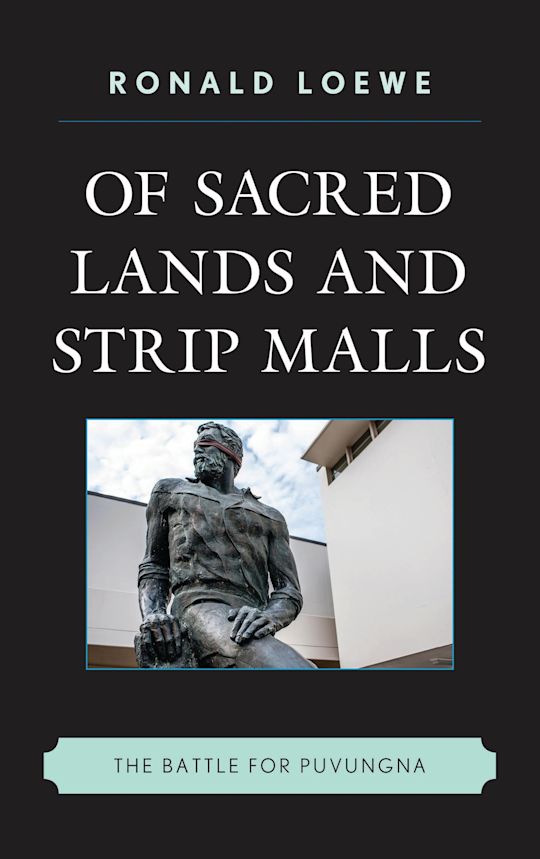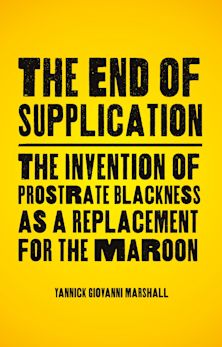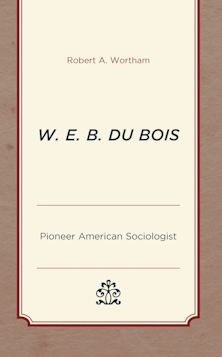Of Sacred Lands and Strip Malls
The Battle for Puvungna
Of Sacred Lands and Strip Malls
The Battle for Puvungna
This product is usually dispatched within 1 week
- Delivery and returns info
-
Free US delivery on orders $35 or over
Description
A twenty-two acre strip of land—known as Puvungna—lies at the edge of California State University’s Long Beach campus. The land, indisputably owned by California, is also sacred to several Native American tribes. And these twenty-two acres have been the nexus for an acrimonious and costly conflict over control of the land. Of Sacred Lands and Strip Malls tells the story of Puvungna, from the region’s deep history, through years of struggle between activists and campus administration, and ongoing reverberations from the conflict.
As Loewe makes clear, this is a case study with implications beyond a single controversy; at stake in the legal battle is the constitutionality of state codes meant to protect sacred sites from commercial development, and the right of individuals to participate in public hearings. The case also raises questions about the nature of contract archaeology, applied anthropology, and the relative status of ethnography and ethnohistorical research. It is a compelling snapshot of issues surrounding contemporary Native American landscapes.
Table of Contents
Introduction: Of Sacred Lands and Strip Malls
Part I: Backdrop to a Dispute
Chapter 1 Beginnings: California Indians in Prehistory
Chapter 2 From Mission History to Mission Mania (1869-1928)
Chapter 3 Forty-Niner Culture and the Origin of the American Indian Studies Program
Part II: The Puvungna Land Dispute
Chapter 4 The Political Struggle
Chapter 5 The Legal Conflict
Chapter 6 The Academic Debate
Part III: A History of the Present Moment
Chapter 7 Post-Conflict Puvungna, Repatriation and Reburial
Chapter 8 Moving Forward
Post-Script: Reflections on Puvungna Twenty Years Later.
By Eugene Ruyle, Saundra McMillan, Diana Wilson and Jan Sampson.
Appendices
Product details
| Published | Sep 15 2016 |
|---|---|
| Format | Hardback |
| Edition | 1st |
| Extent | 258 |
| ISBN | 9780759121607 |
| Imprint | Rowman & Littlefield Publishers |
| Illustrations | 31 b/w illustrations |
| Dimensions | 9 x 6 inches |
| Series | Contemporary Native American Communities |
| Publisher | Bloomsbury Publishing |
Reviews

ONLINE RESOURCES
Bloomsbury Collections
This book is available on Bloomsbury Collections where your library has access.


































